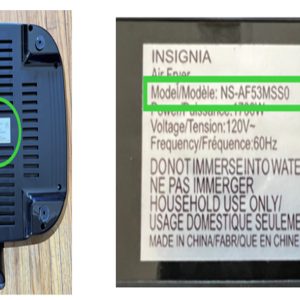Persistent "sad cat eyes" often signal underlying health or welfare issues requiring attention. Prevention focuses on proactive care across key areas.
Prioritize Veterinary Care & Health
- Regular Wellness Exams: Schedule annual vet check-ups, more frequent for seniors, to catch early signs of ocular disease, dental issues, or systemic illness affecting the eyes.
- Core Vaccinations: Maintain vaccinations like Feline Herpesvirus (FHV-1) and Calicivirus (FCV), common causes of conjunctivitis leading to weepy, sore-looking eyes.
- Parasite Control: Implement strict flea, tick, and intestinal parasite prevention; infestations can cause systemic stress and allergic reactions impacting the eyes.
- Prompt Eye Problem Response: Treat redness, discharge, squinting, cloudiness, or excessive tearing (epiphora) as urgent; seek veterinary diagnosis immediately.
Ensure Optimal Hydration & Nutrition
- Constant Fresh Water: Provide multiple clean water sources in different locations; use wide, shallow bowls (avoiding whisker stress) and consider cat fountains to encourage drinking.
- High-Moisture Diet: Feed primarily wet/canned food to significantly increase water intake and support kidney health, reducing dehydration signs including dull, sunken eyes.
- Balanced Nutrition: Feed a high-quality, age-appropriate diet ensuring essential fatty acids and vitamins crucial for ocular health.
Enrich the Environment & Reduce Stress
- Vertical Territory: Provide cat trees, shelves, and window perches for climbing, surveying, and safe resting; reduces anxiety linked to tense, wide-eyed expressions.
- Resource Availability: Offer multiple, separated resources (litter boxes, food, water, beds) preventing competition and stress in multi-cat households.
- Positive Interaction: Engage in regular, gentle play sessions using interactive toys; respect the cat's need for quiet time and autonomy.
- Safe Havens: Ensure access to quiet, enclosed hiding spots (boxes, carriers left open) for retreat from perceived threats or overstimulation.
Practice Gentle Hygiene & Monitoring
- Regular Eye Checks: Gently observe eyes daily during petting for unusual discharge, redness, cloudiness, or changes in pupil size/behavior.
- Careful Cleaning: If discharge occurs, use a vet-approved eye wash or sterile saline on a soft, damp cotton ball. Wipe outward once; use a fresh piece for each eye. Never force an eye open.
- Monitor Facial Pressure: Ensure collars fit properly (two fingers) and avoid prolonged pressure during restraint or cuddling that could irritate eyes.
Key Imperative: There is no substitute for prompt veterinary assessment for "sad-looking" eyes. They indicate real discomfort or illness requiring professional diagnosis and treatment. These care tips create the foundation for prevention and early detection.












